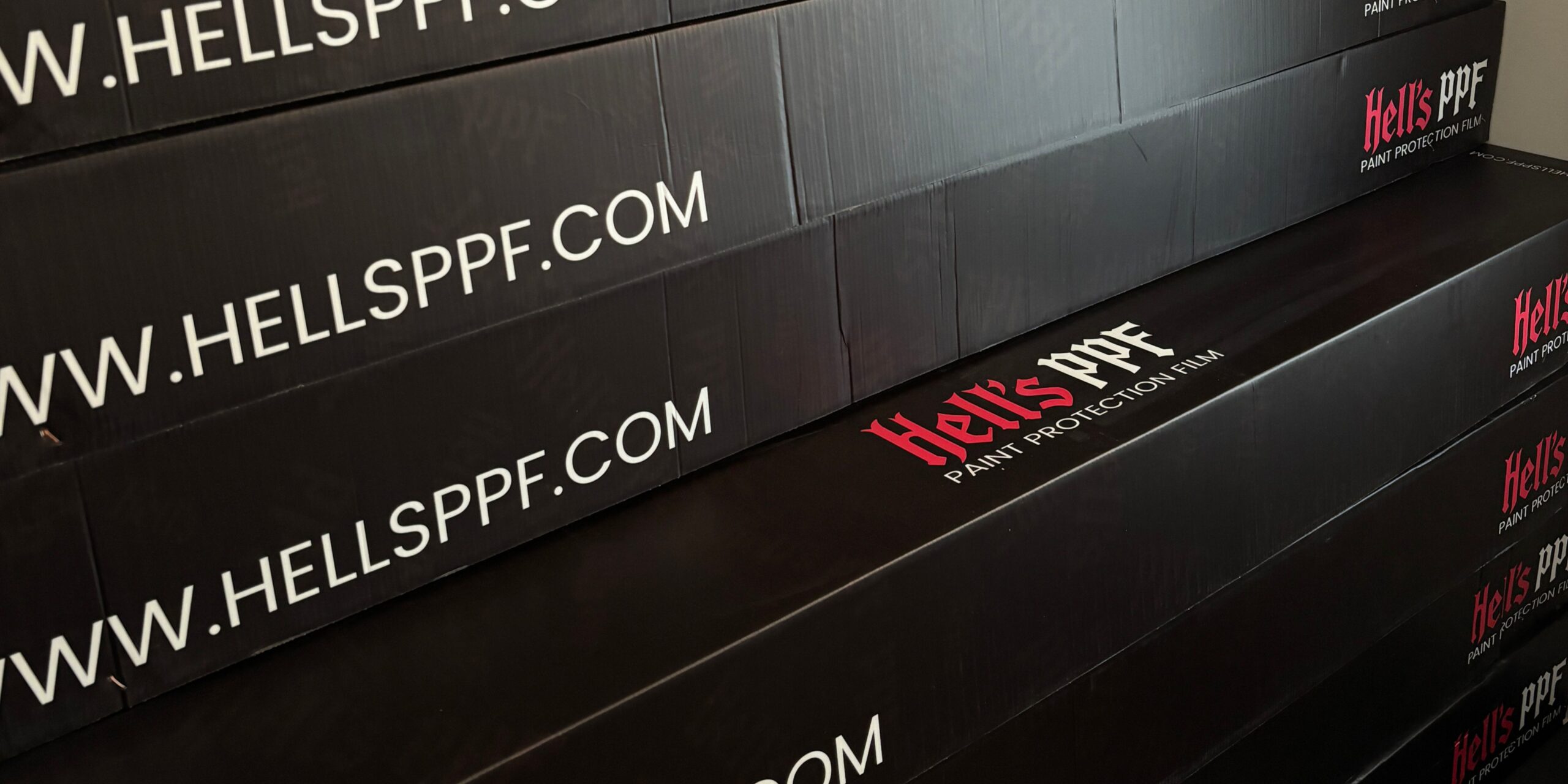Paint Protection Film is an effective way to protect paint and maintain it in excellent condition for many years. PPF film shields the car body from scratches and scuffs while making it easier to clean dirt accumulated on the surface. In this article, we focus on the impact of road salt on Hell’s PPF film and highlight its key protective properties. In many ways, PPF film is a valuable aid for drivers traveling in various road and weather conditions.
Paint Protection Film and protection against road contaminants in the USA
Contaminants accumulating on the car body surface can lead to material degradation and the development of corrosion. This also applies to dirt settling on fenders, bumpers, mirrors, lamps, and rocker panels. Mud, road salt, bird droppings, pollen, and other solid debris can penetrate crevices, making them harder to notice and remove.
Hell’s PPF USA, NJ film serves a protective function, creating a barrier that prevents contaminants from reaching the surface of the paint and other vehicle components. Paint Protection Film (PPF) also facilitates the removal of dirt and thorough cleaning of the surface. Moreover, any mechanical damage, such as scratches or scuffs, is self-healing.
This is an important feature of PPF film, as it prevents road salt and other contaminants from penetrating the car body. Thus, PPF film provides effective protection against road salt and other road and weather-related factors.
How to rinse road salt off the PPF protective film?
To prevent salt from permanently damaging the coating, it is essential to rinse areas that have been covered by it. Attention should be paid to the lower parts of the body and hard-to-reach crevices or cavities. It is also necessary to rinse the wheel arches, thresholds, and undercarriage elements, where salt tends to accumulate the most. We recommend using detergents specifically designed for PPF film to ensure a safe reaction with the surface. Protective film on paint has hydrophobic properties, making it easier to remove environmental dirt than on unprotected car bodies.
The impact of road salt on the condition of PPF film
Road salt easily settles on various vehicle elements and can be particularly harmful. While PPF film is a durable material, prolonged exposure to road salt can cause the surface to become dull, overly dry, and eventually develop permanent scratches. Salt trapped in the depths of these scratches will exacerbate the damage and increase their size. It is also harmful to the edges of the film.
How often should PPF film be cleaned of road salt?
To minimize the harmful effects of road salt, the vehicle should be washed frequently, during heavy snowfall periods even once a week. In such a short time, road salt does not have a chance to penetrate the film’s structure permanently, making its removal easy. After the winter season, it is worth considering thoroughly cleaning and smoothing the film, as well as using products designed for its regeneration. This way, you can quickly restore the car’s shine and best appearance.


